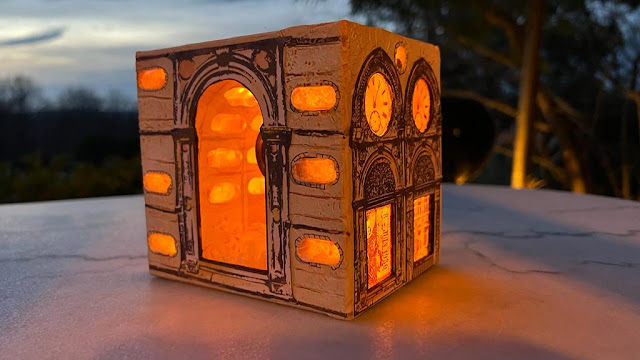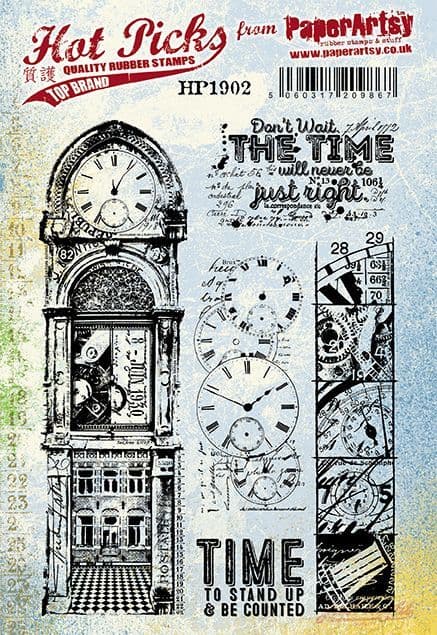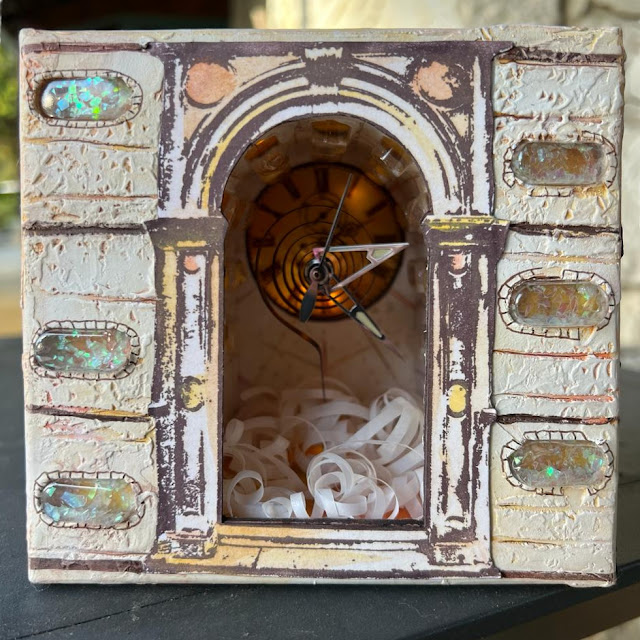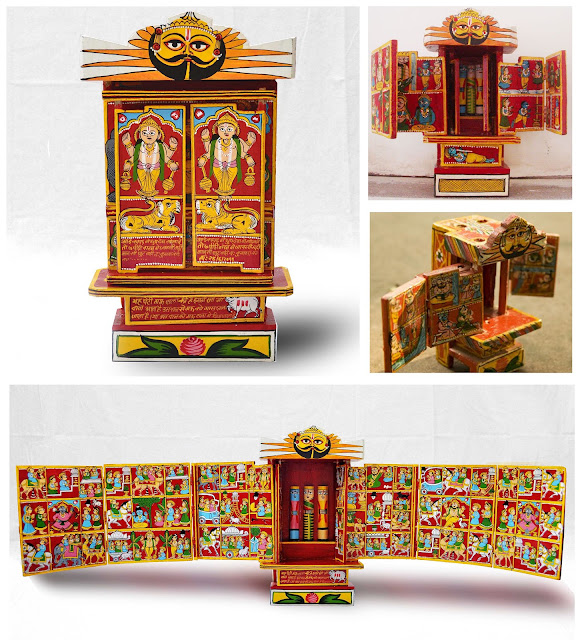Hi everyone Dounia here with you today.
2022 is almost over, and for me, it is always a time to realise how fast time is flying and to reflect on the year gone by, which is often not the easiest. To put myself in the right mindset for the new year, and considering the current topic, I decided to make a shrine celebrating the passage of time. It is an inevitable aspect of life but I wanted to focus on its positives, playing with lights and warm colours. I'm also looking forward to sharing with you a few tricks for working with transparency.
I am really happy with how this turned out. It was a bumpy start but then the parts I was worried about actually ended up not being that hard! I am particularly pleased that it looks good both with and without the lights on! And the warm glow really works well with the texture, which I had fun creating. I hope this inspires you to try your own light up project.
Being French, my experiences of actual religious shrines are mainly in Catholic churches, even the smallest of villages here will generally have an impressive Catholic church at its heart. Less in use than they once were, but a peaceful place to visit and soak in the art and history of the generations who have been within its four walls. One of the things I like about them is the gentle atmosphere created by the flicker of candles in semi-obscurity, revealing the relief and detail of the surrounding architecture. So when starting this project, I aimed to recreate a pocket of light and warmth but my idea was, in all sincerity, quite nebulous; I just knew I wanted my shrine to glow from the inside and planned to involve LED lights and warm colours.
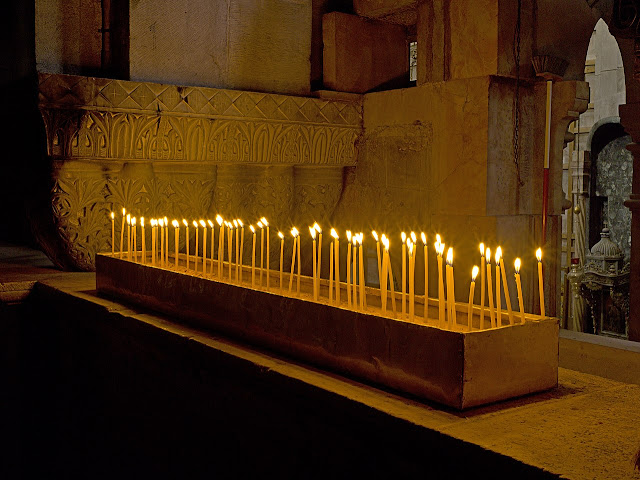
My 'vision' came together when choosing stamps to work with. I knew I wanted something either natural, with branches and leaves, or architectural. I then found these two stamps: Hot Picks stamp set 1509 (
HP1509) and Hot Picks stamp set 1902 (
HP1902) with their complementary collaged buildings. I loved the intricate details and repeating images and I imagined an ornate building with glowing windows.
For maximum contrast, I decide on white for the 'stone' parts and warm autumnal colours for the 'glass' parts. I also wanted to use mainly recycled materials so I gathered whatever transparent pieces I had hoarded, including acetate, tracing paper and pill packaging. The stamps sets also involve clocks, a pattern I favour, so I decided to make the shrine about time in some way, as keeping track of time would be nod to our quarterly theme:
TRACKS. I remembered I had some clock parts in a drawer and added them to my pile of things to possibly use.
I initially planned to make the whole project out of a cardboard cereal box, but in my foraging, I found a watch box. It was white, the right size and connected to my time idea so I decided to make it the main substrate in the hope to make the shrine more sturdy and save me some building work. I came to curse this choice. Haphazard planning was a recurring theme during this project, as you will see!
As I wanted transparent doors and windows, I had to cut windows from the substrate. I first stamped my chosen elements from Hot Picks stamp set 1509 (
HP1509) and Hot Picks stamp set 1902 (
HP1902), the doors and clocks, on
Smoothy stamping card.



